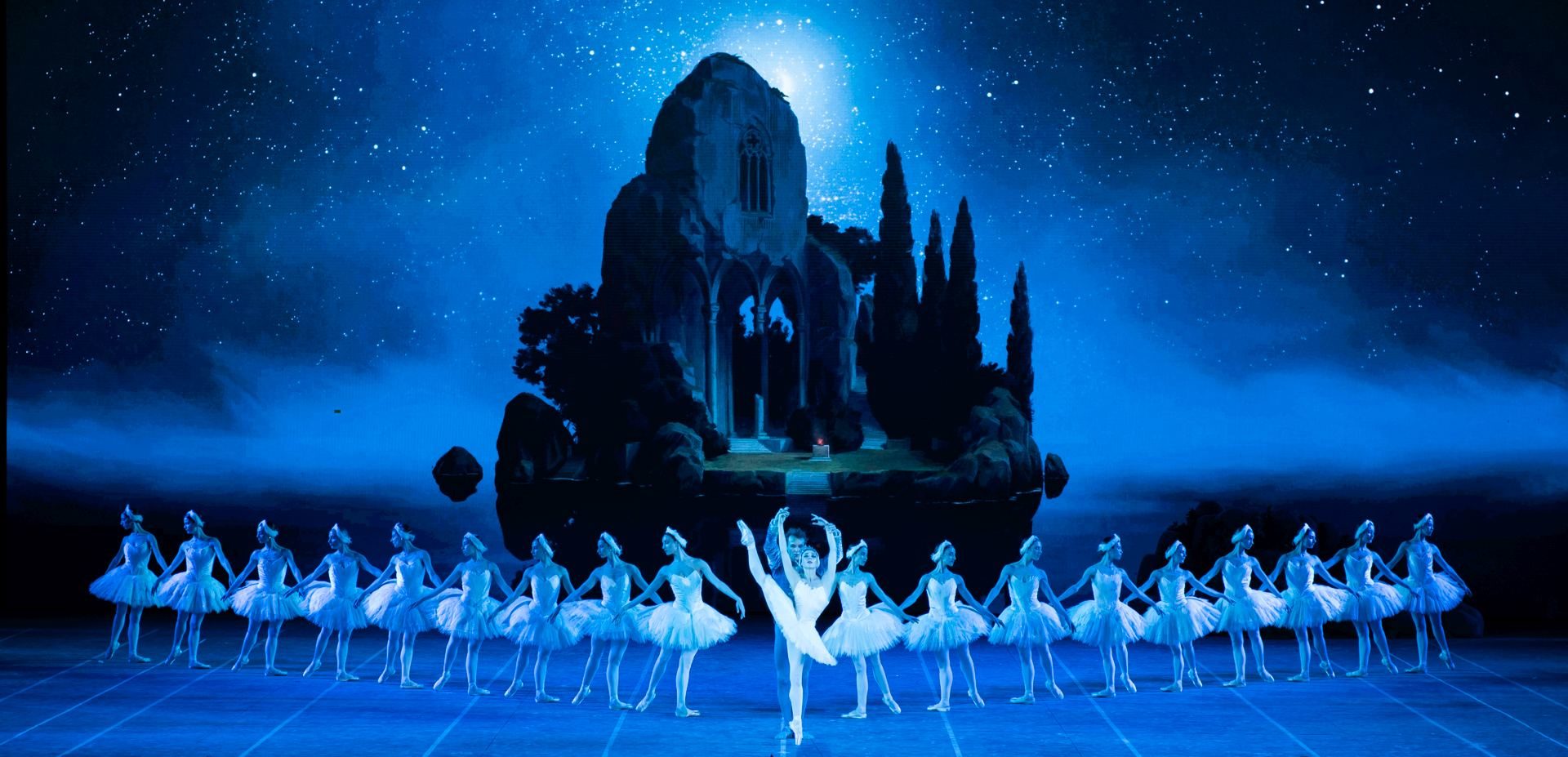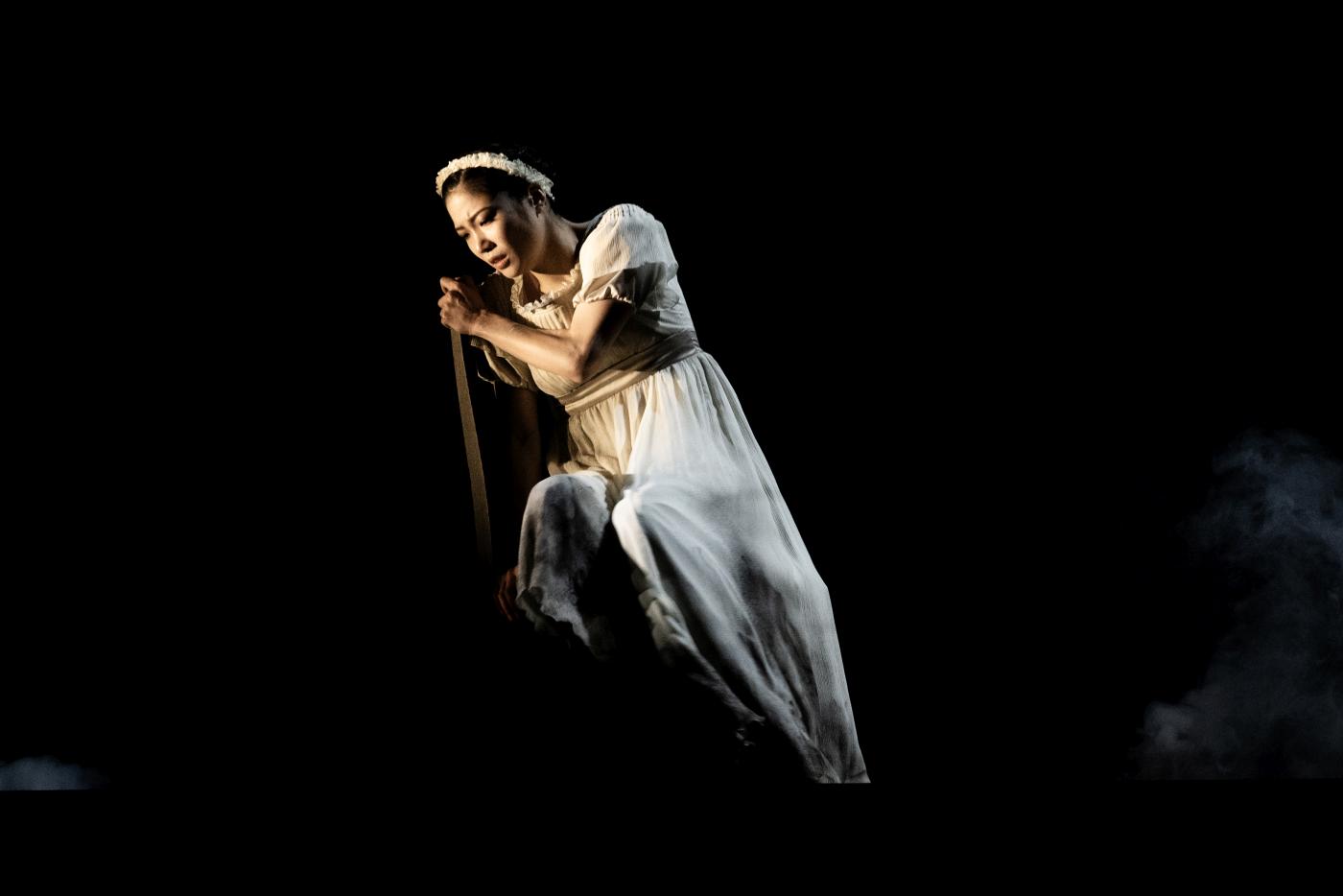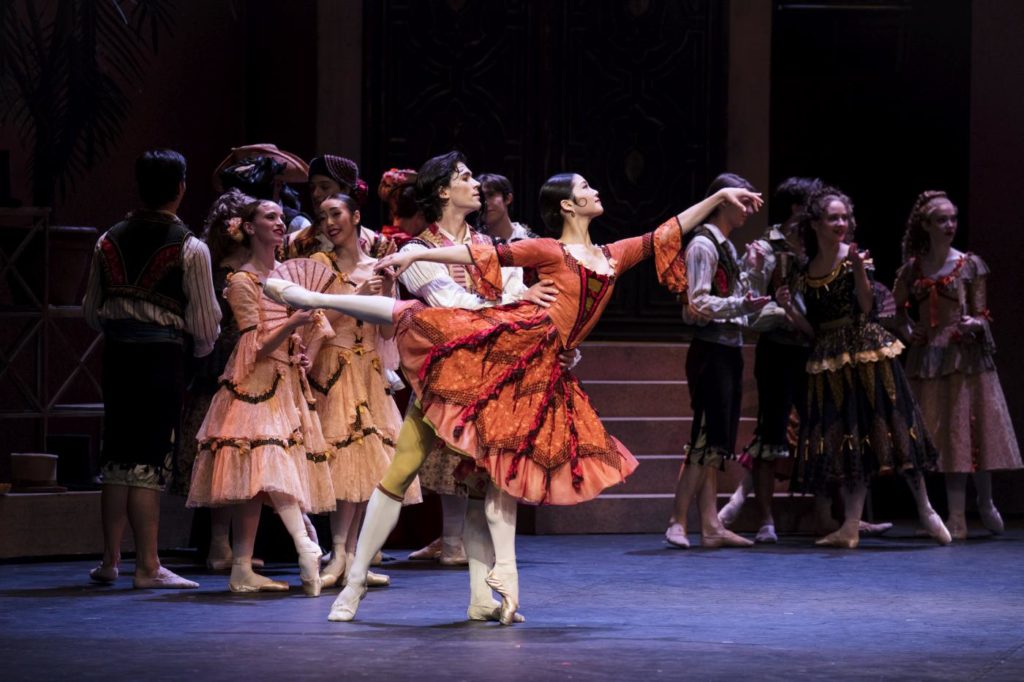Quarrel in Hamburg
The Hamburg Ballet
Hamburg State Opera
Hamburg, Germany
June 2025
by Ilona Landgraf
Copyright © 2025 by Ilona Landgraf
 After John Neumeier handed over the artistic reins of the Hamburg Ballet to Demis Volpi, a smooth transition process seemed underway. Volpi, whose career as a dancer and choreographer began in Stuttgart, was artistic director of the Ballett am Rhein when Neumeier’s successor came into question. A selection committee of eleven (including Ted Brandsen, Dutch National Ballet; Tamas Detrich, Stuttgart Ballet; Brigitte Lefèvre, Paris Opera Ballet; and Ashley Wheater, Joeffrey Ballet) recommended Volpi to the Hamburg State Opera board of directors. As it happens, he was Neumeier’s desired candidate. In 2022, the then thirty-seven-year-old Volpi was unanimously elected as Hamburg Ballet’s new artistic director as of August 2024. (more…)
After John Neumeier handed over the artistic reins of the Hamburg Ballet to Demis Volpi, a smooth transition process seemed underway. Volpi, whose career as a dancer and choreographer began in Stuttgart, was artistic director of the Ballett am Rhein when Neumeier’s successor came into question. A selection committee of eleven (including Ted Brandsen, Dutch National Ballet; Tamas Detrich, Stuttgart Ballet; Brigitte Lefèvre, Paris Opera Ballet; and Ashley Wheater, Joeffrey Ballet) recommended Volpi to the Hamburg State Opera board of directors. As it happens, he was Neumeier’s desired candidate. In 2022, the then thirty-seven-year-old Volpi was unanimously elected as Hamburg Ballet’s new artistic director as of August 2024. (more…)



